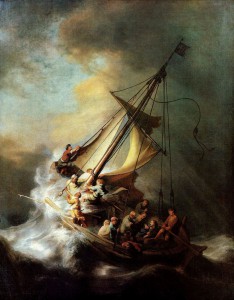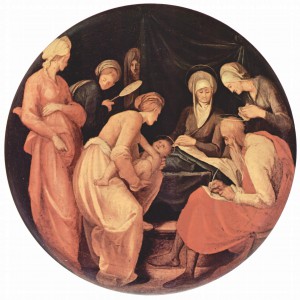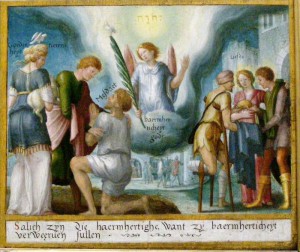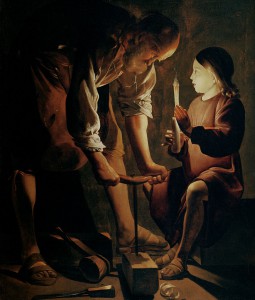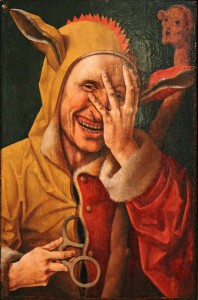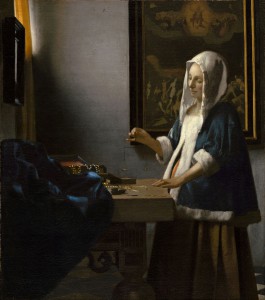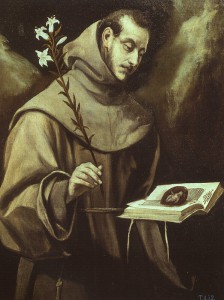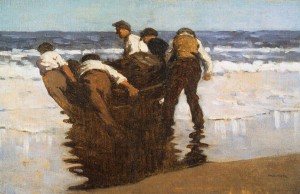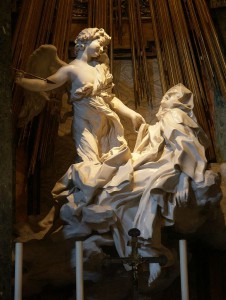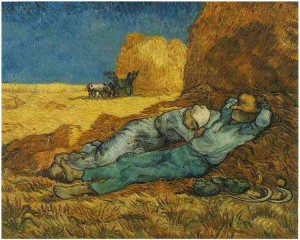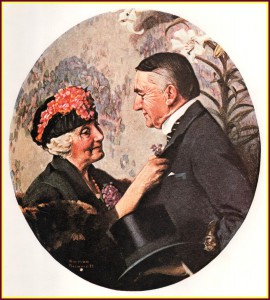“Who shut within doors the sea, when it burst out of the womb; when I made the clouds its garment and thick darkness its swaddling bands? When I set limits for it and fastened the bar of its door, and said: Thus far shall you come but no farther, and here shall your proud waves be stilled!” PS 107:23-24
“A violent squall came up and waves were breaking over the boat, so that it was already filling up. Jesus was in the stern, asleep on a cushion. They woke him and said to him, “Teacher, do you not care that we are perishing?” He woke up, rebuked the wind, and said to the sea, “Quiet! Be still!” The wind ceased and there was great calm. Then he asked them, “Why are you terrified? Do you not yet have faith?” They were filled with great awe and said to one another, “Who then is this whom even wind and sea obey?” MK 4:35-41
Storms signify difficulty. Storms make us run and seek cover, dodging the rain and lightning. And yet, what’s better than listening to the rain on the roof, thunder crashing in the distance? Continue reading “Asleep in the Storm”
